Research
Dr. Cordeira uses research as a way to teach by engaging students with experiential learning opportunities in a neuroscience laboratory. They have presented original research at local, regional and national conferences. Their work has also been published in peer-reviewed, professional journals. Broadly speaking, research in the Cordeira lab investigates the biological basis of behavior. On-going research projects are described below.
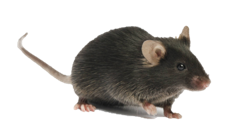
Biological mechanisms of food intake and body weight regulation
Nearly 1/3 of US adults are overweight or obese and are at increased risk for mortality from diabetes and cardiovascular disease. Dieting and physical activity are recommended but frequently unsuccessful intervention strategies, highlighting a need to better understand mechanisms underlying obesity intervention strategies. To this end, the Cordeira lab uses mice fed high-fat food as a model for diet-induced obesity. We have closely examined the effects of exercise on food intake and weight regulation in these mice, leading us to recently discover that exercise can reduce weight gain by reducing high-fat food intake (Cordeira & Monahan 2019). Continued investigation of the neurobiology mediating this effect may help to develop more effective intervention strategies for better health-outcomes.
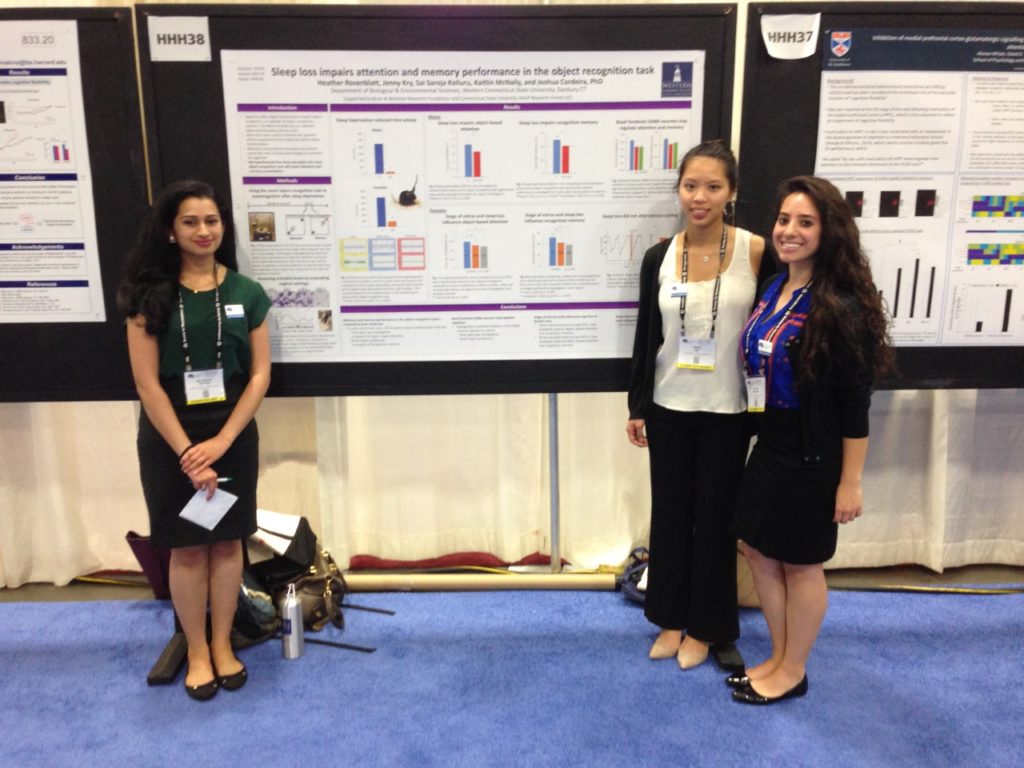
Left to Right (Kolluru, Kry, and Rosenblatt)
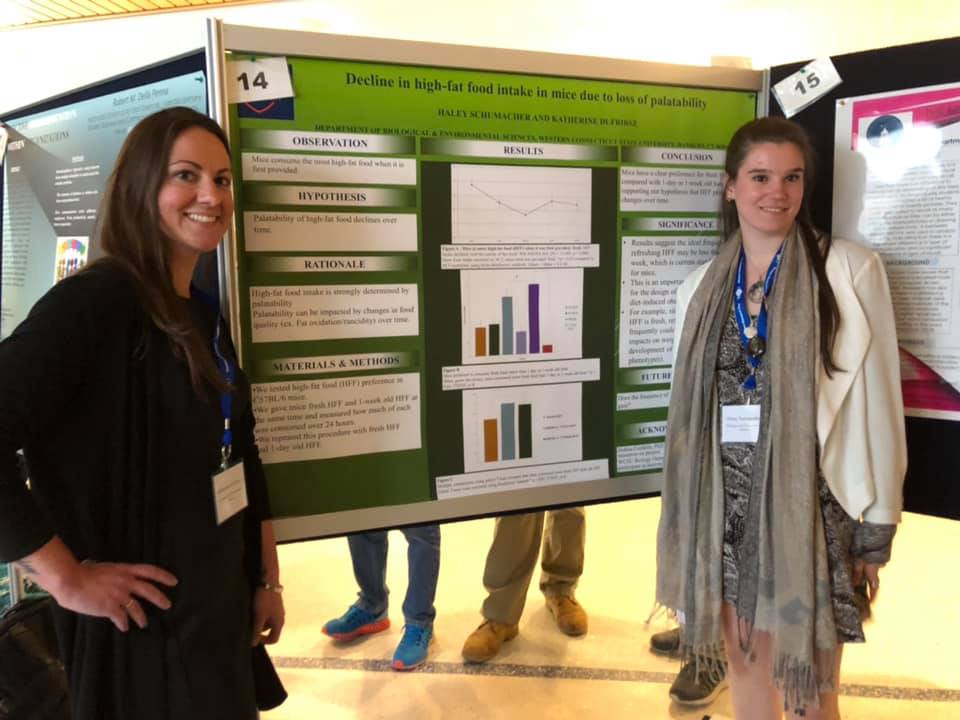
Left to Right (DuFrirsz and Schumacher)
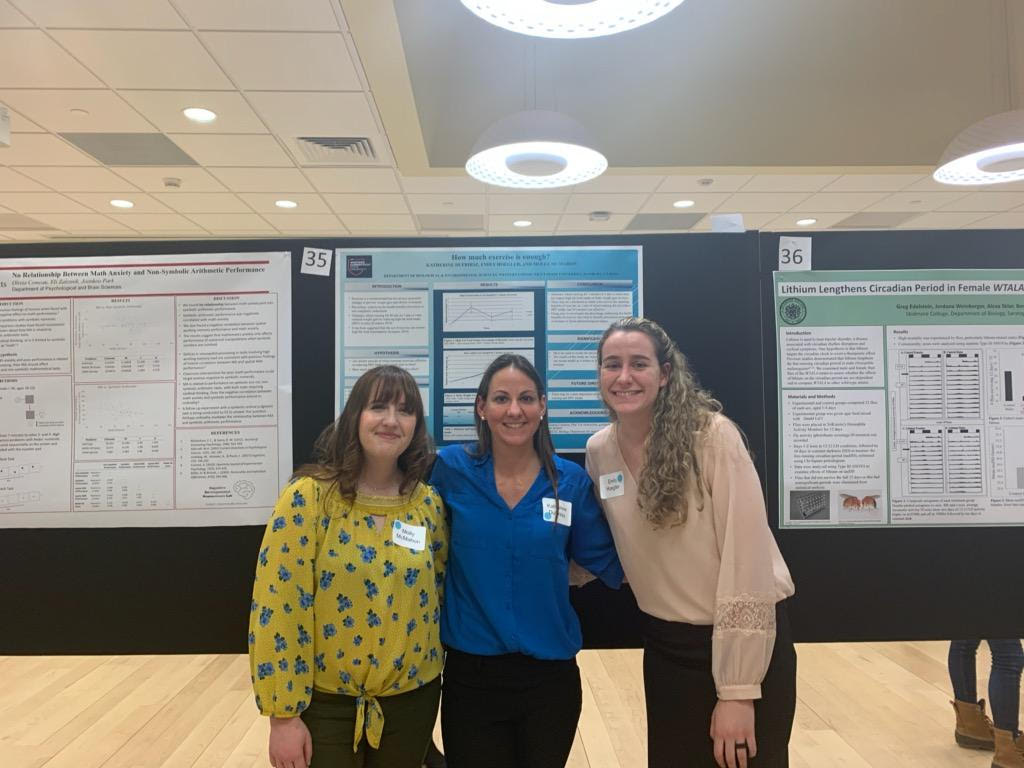
Left to Right (McMahon, DuFrirsz, and Hoegler)
Brain regulation of learning behavior
Learning is a complex behavior coordinated by brain areas sensitive to impairment by neuropsychiatric disorder. We have also recently shown that sleep loss and stage of estrous impact learning (Cordeira et al., 2018). Research modeling/investigating dysfunction is important because it can inform new treatment strategies for cognitive impairment. One of the overarching goals of this project, in collaboration with researchers at Harvard Medical School, is to assess the role of basal forebrain neurons in mouse learning behavior. With a technique called optogenetics, we use light to selectively inactivate these neurons while simultaneously assessing learning in tasks such as object recognition and pre-pulse inhibition of the acoustic startle response.
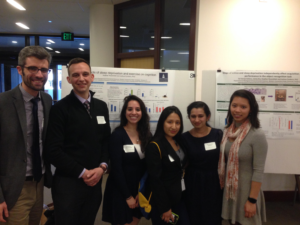
Left to Right (Cordeira, Monahan, Rosenblatt, Curillo, Kolluru, Kry)